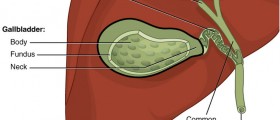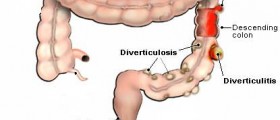
Appendicitis surgery or appendectomy is the usual course of action for inflamed appendix. This is a simple and commonly done surgery that can be done in any hospital that has a surgical ward.
Appendicitis
Appendicitis is the medical term for inflammation of appendix. Appendix is an organ that continues to puzzle medical scientists because it does not seem to have any function in the human body and its removal does not cause any health problems at all.
Appendix is a small protrusion, a pouch-like organ connected with one end to the large intestine, with cul de sac on the other end. The inside of the appendix is called appendiceal lumen. The appendix produces mucus that travels through appendiceal lumen into the intestine. Obstructed lumen causes appendicitis, or an inflammation. The obstruction may be caused by abnormal growths, fecal matter or parasites. Other causes of appendicitis may include enlarged lymph tissue inside the appendix, irritable bowel syndrome, Crohn’s disease, ulcerative colitis or trauma to the stomach.
There are bacteria that normally live inside the appendix. When it is obstructed and the mucus pushes back instead of draining into the intestine, the bacteria multiply and cause an infection. The appendix gets inflamed and swollen, causing symptoms like intense pain, and if it is not removed it can burst.
A ruptured appendix can be dangerous because the infection spreads throughout the abdomen, causing a condition called peritonitis.
Appendectomy- appendix removal surgery
The most common and the safest form of treatment for appendicitis is the complete surgical removal of the appendix. When appendicitis is diagnosed, the action should be prompt, in order to prevent the rupture and the consequent complications. Doctors usually make a diagnose basing on the symptoms reported by the patient and physical exams.
There are two ways to perform appendectomy- laparotomy and laparoscopic surgery.
In laparotpomy, the surgeon removes the appendix through one incision made in the abdominal wall. The newer method is called laparoscopic surgery, and it is considered to be more effective, safer and with fewer complications. In laparoscopic procedure, the surgeon makes several smaller incisions and inserts special surgical tools through them, to remove the appendix. This procedure has a smaller chance of in-hospital infections and the recovery time is much shorter.
Sometimes it happens that, when the surgeon makes the incision, he or she finds a perfectly normal appendix. In such cases most surgeons decide to remove it, in order to prevent possible future complications.
In case of ruptured appendix, the abscess that is formed in the abdomen must be drained this is usually done before the surgery, using CT scan and tubes that are connected to the abdomen, This usually lasts for two weeks, and antibiotics are administered to inhibit the infection. After the infection has subsided and the abscess is completely drained, a surgery is performed to remove the remains of the ruptured appendix.

















Your thoughts on this
Loading...